
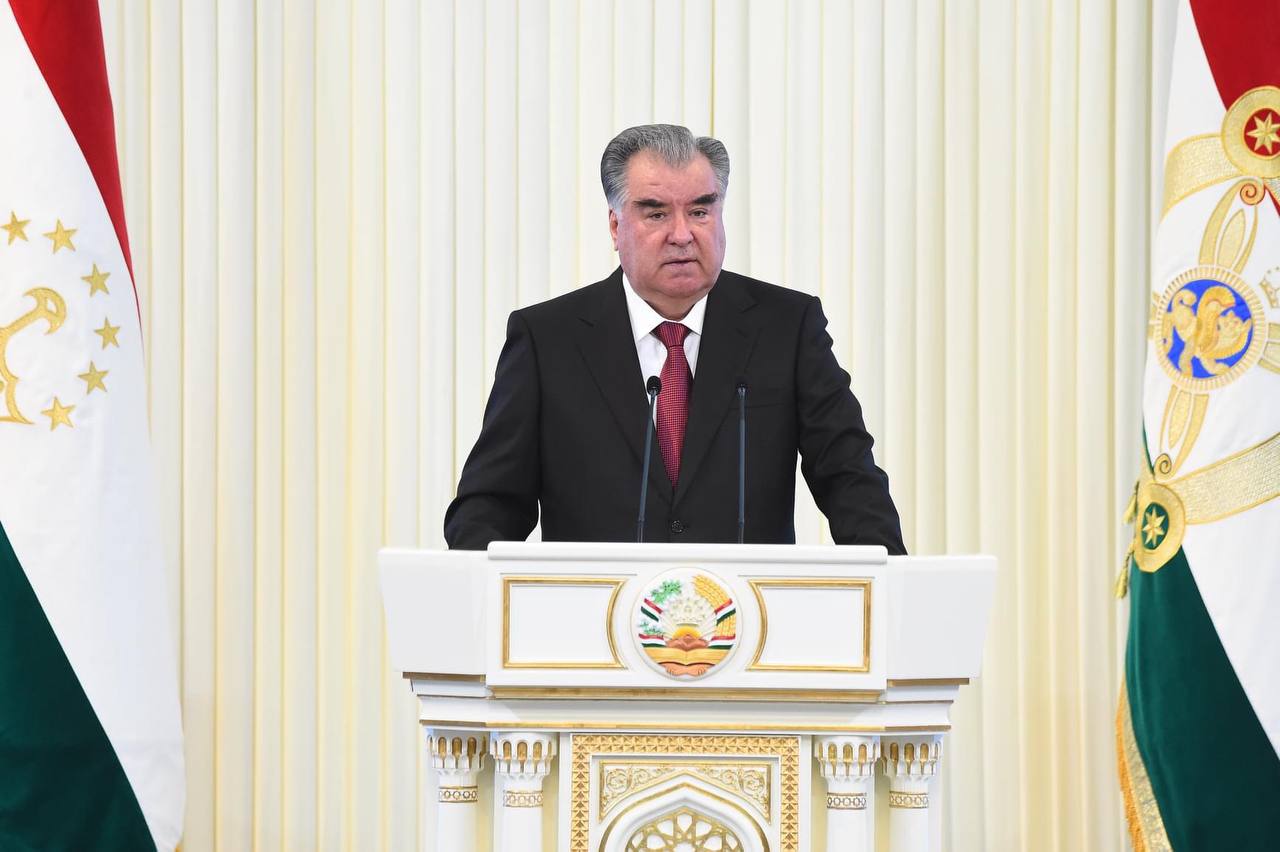
Founder of Peace and National Unity — Leader of the Nation, President of the Republic of Tajikistan



Gorno-Badakhshan Autonomous region
Gorno-Badakhshan Autonomous region is one of the most attractive tourist areas and is famous all over the world for its rivers and ponds, lakes and high mountains. The development of tourism in the region also contribute to the presence of historical and medical areas, such as lake Sarez, motels Garmchashma, Avj, Yamchun, Gelander, Bibi Fotimai Zuhro, high-mountain ranges in the world, the largest glaciers of the Pamirs, etc.
In 2013, the national Park of the Republic of Tajikistan was included in the UNESCO world heritage list, representing Tajikistan as a developing country for ecotourism and open doors for external tourism.
The analysis shows that every year many foreign tourists come to the country because of the tourist areas of the region, in such areas as mountaineering, ecotourism and sightseeing tourism.
The Pamir Association of eco-cultural tourism was established in the region, which unites more than 12 economic entities and individual entrepreneurs in the tourism industry. Also, in order to promote the development of tourism and create a free and healthy competitiveness in the tourism market of the region there are 13 economic entities
In the region there are 50 small hotels, such as homestays and guesthouses, which were created to reduce unemployment and increase of tourist services.
Small hotels built on the ground floor of the houses of local residents, in addition to using them as places to stay, also allow foreign tourists to get acquainted with the cultures and customs of the people.
Sanatorias and resorts. On the territory of Gorno-Badakhshan Autonomous region there are 4 health resorts. In the Shugnan district in the valley of Gilandeh, in Ishkashim district, Auj, Garm Chashma and Bibi Fatima Zuhro.
Historical, cultural sites and shrines: on the territory of the Gorno – Badakhshan Autonomous region there are 251 sites of cultural heritage: 12 in Khorog city , 9 in Darvaz , 15 in Vanj, 35 in Rushan, 76 in Ishkashim, Shugnan 32, 15 in Murghab and 51 in Roshtkala districts.
Currently, Khorog State University and the University of Central Asia are functioning in the region, which contribute to the training of personnel in the tourism industry, including guides, management of tourism organization and hospitality.
Анализ показывает, что каждый год многие иностранные туристы пребывают в страну именно из-за туристических зон области, по таким направлениям как альпинизм, экотуризм и экскурсионный туризм.
В области создана Памирская ассоциация экокультурного туризма, объединяющая более 12 хозяйственных субъектов и индивидуальных предпринимателей в туристической отрасли. Также в целях содействия развитию туризма и создания свободной и здоровой конкурентоспособности на туристическом рынке области действуют 13 хозяйственных субъектов
На территории области действуют 50 небольших гостиниц, такие как «Хоумстей» и «Гестхауз», которые были созданы с целью снижения уровня безработицы и повышения обслуживания туристов.
Небольшие гостиницы, встроенные на первом этаже домов местных жителей, помимо использования их в качестве мест для ночлега, также позволяют иностранным туристам близко познакомиться с культурами и обычаями народа.
Санатории и курорты. На территории Горно-Бадахшанской автономной области расположены 4 санатория. В Шугнанском районе в долине Джелондех, в Ишкашимском районе – Авдж, Гарм Чашма, Биби Фотимаи Зухро.
Исторические, культурные места и святыни: на территории Горно – Бадахшанской автономной области насчитывается 251 объектов культурного наследия, в Хорог – 12, в Дарвазском – 9, в Ванчском – 15, в Рушанском – 35, в Ишкашимском – 76, в Шугнанском – 32, в Мургабе – 15 и в Рошткалинским районах – 51.
В настоящее время на территории области функционируют Хорогский государственный университет и Университет Центральной Азии, которые вносят вклад в подготовке кадров в туристической отрасли, включая гидов, управление туристической организацией и гостеприимство.
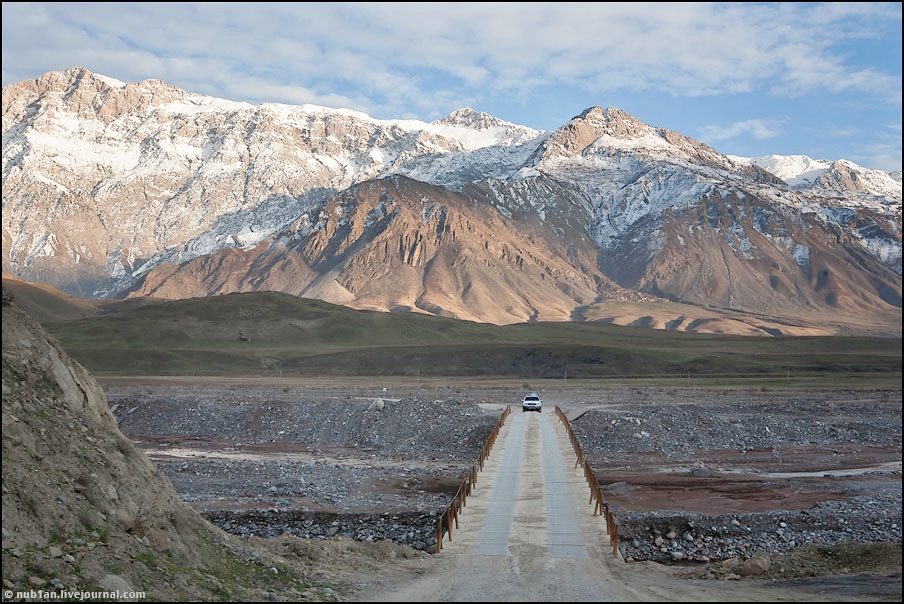
Khatlon region
In Khatlon region due to the availability of natural, historical, cultural and environmental resources, tourism can be one of the priorities of the region’s economy.
The analysis shows that every year the number of foreign tourists wishing to visit the tourist areas of Khatlon region increases.
Currently, there are 4 tourist companies in the region, and their number will be increased several times.
There are 582 historical and cultural sites, 32 museums, 32 town-planning monuments, architectural and monumental buildings, 34 recreation areas and 60 hotels in the region. Also in the region there are 13 resorts and sanatorium.
The priority directions of tourism in the region are:
– mountain sports and eco-tourism-more in cities such as Baljuvon, Muminabad, Norak, Sarband, Khuroson, Shamsiddin Shohin and Khovaling adapted in this context along the road Baljuvan-Sari Khosor, Kulyab-Childukhtaron will be built new types of houses such as Homstays, Guesthouses and hostels with the provision of water supply and Sewerage services;
– skiing – mainly on the territory of Shamsiddin Shokhin should be created favorable conditions for this type of tourism and it is advisable in the future to build a base for skiing and horse riding;
– hunting tourism, fishing is more popular in cities and districts Dusti, Baljuvon, Muminabad district and the Shamsiddin Shohin. Today, fishing and self-cooking of fish during the trip is very popular among tourists, and it can attract tourists in the region, both local and international tourists;
– historical and cultural tourism in most cities and districts of the region have a preference, such as Bokhtar, Kulob and Vakhsh, Kubodien, Vose, Shamsiddin Shohin, Baljuvon, Khovaling, Muminabad, Shahritus and Farkhor. It should be noted that the ancient city of Kulob has 2700 years of history and is located on the Silk Road. Referring to the rich and colorful history of the city of Kulob, the Commonwealth of Independent States declared it a cultural and historical city among the countries of the Commonwealth of Independent States in 2015;
– at the same time, the ancient city of scientific-cultural center of the ancient Hotelone – Khulbuk with the construction and architectural point of view still has no equal in the world;
– health tourism has a great preference in the cities and districts of Norak, Vose, Muminabad, Temurmalik. It should be noted that day after day the tourism industry in this region is developing, with the construction of roads of international standards, bridges, to cities and areas near the capital, such as Norak and Vose, the construction of tourism infrastructure, the creation of camps and resorts requires domestic capital.
– religious and pilgrim tourism is more popular in cities and districts of Nurek, Dusti, Shahrituz, Kulob, Dangara, Baljuvon, Muminobod, Shamsiddin Shohin and Khovaling. It should be noted that all the cities and districts of the region in terms of the priority of the industry are attractive and impressive. Especially such ancient places as Takhti Sangin, Chiluchorchashma, Childuhtaron, the mausoleum of Imam Zainalabidin, the great scientist and thinker of the East Mir Sayid Alija Hamadoni in recent years attracte the attention of the world community.
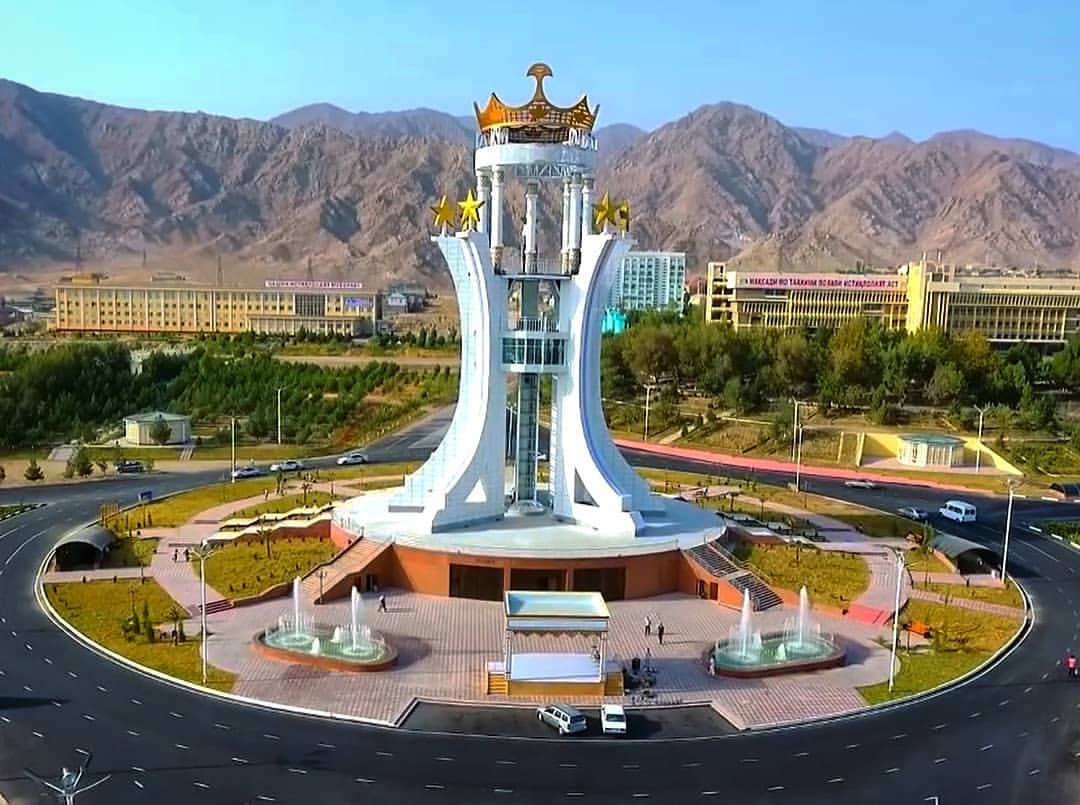
Sughd region
Sogdian region is one of the most attractive tourist areas and has gained great popularity in the world with lakes, fast-flowing rivers and canals, mountains and breathtaking landscapes. Historical sites such as Sarazm, which is more than 5500 years old, ancient Panjakent, the birthplace of the founder of Tajik-Persian classical literature Abuabdullah Rudaki – the village of Panjrud, mountains Fon and Archamaydon, fabulous beautiful lakes Kulikalon, Haftkul, Iskanderkul and others contribute to the development of tourism in the region.
In the Sughd region, given the availability of natural, historical and cultural resources, tourism is considered one of the priorities of the region’s economy.
Analyses show that every year the plural number of arriving tourists are engaged in such types of tourism as historical, cultural, environmental, mountain, health and resort.
Currently, there are 21 tourism companies in the region, the Association for the development of tourism of Zerafshan and the public organization Council of the tourism development.
In the region there are also more than 520 monuments, historical and cultural sites, 5 museums, 33 pilgrimage sites, 33 natural resort areas, 13 sanatoriums and resorts, 19 parks, 10 lakes, 30 fishing pools, 7 hunting areas, 2 medical sources, 68 trade shops of artisans, 191 restaurants, and 49 hotels to serve customers and guests in the cities and districts of the region.
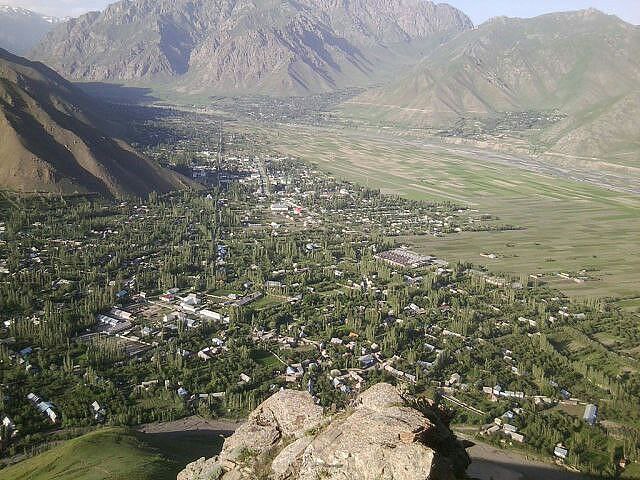
Lakhsh district
As mentioned by past and present-day Chinese, Arab and Persian scholars and tourists, the Rasht valley, including the Lakhsh district, had its own culture, history, alphabet, literature and public administration in the distant past. In the first Millennium BC, the branch of the Silk Road through the Rasht valley and Oloy united the Eastern and Western world. Lakhsh district has 6 hotels, 5 homestays, 1 restaurant, 10 canteens, 2 museums and 2 regional airports – Jirgatal and Lakhsh. 69912 hectares of National Park, petroglyphs Achiqala, Kushagba, Qalai Chorgul, Holy places, known peak Ismoil Somoni, peak E. Korjenevskaya, lakes of Jilondi, Chashnkul, Harikul, Kushtegirmon, Kaldar, Fedchenko Glacier, gorge Dashti Karashur are the most beautiful and attractive places for domestic and foreign tourists and lovers engaged in mountaineering. The area has developed national handicrafts such as felt production, carpet weaving, knitting, production of suzani and dutar. District Lakhsh has favorable conditions and possibilities for development of tourism industry given the availability of historical sites, thermal springs and beautiful scenery, especially the organization of ski tourism in the winter. Tourists who come to Lakhsh in July-August are mainly climbers and they only want to conquer the peak of Ismail Somoni, Korzhenevskaya peak and look at the Fedchenko Glacier and other beautiful landscapes of the area. On the territory of Lakhsh district operates theNational Park of Tajikistan, where there are 13 glaciers: Baralmos, Shagaz, Muzgaz, Gashlik, Sugran, Shafak, Maskivin, Wanter, Ayugilga, Musketov, Shinbini, Fortanbek and Soldatov, and 4 the highest peaks: peak Ismoil Somoni 7495м., Korzhenevskaya 7105m., Moskvin 6785 M. and Kirov. The district has 1 Museum, 3 pools, 20 historical and cultural sites, including shrines Kiz-Terek, Chilton, Soctolib Mazar, Mazar Aral, Mazar Nonboi, Takamazar, Mazar Burg, Maydoni Mazar, Kuchkorsang, the Shrine of Nazarmergan, hill Shahidan, Kizkorgon and other historical monuments, designs on stone, the Mazar of Chorgul, the historical monuments of Khojai Tawaf, Hazrati Khojaahmadi Vali and Guli Manas. On the territory of the district, 26 kilometers from the center of the district, there is a medical complex Tandikul, known for its healing properties. Healing water is intended for the treatment of diseases such as liver, skin, nerve, rheumatism and other diseases.
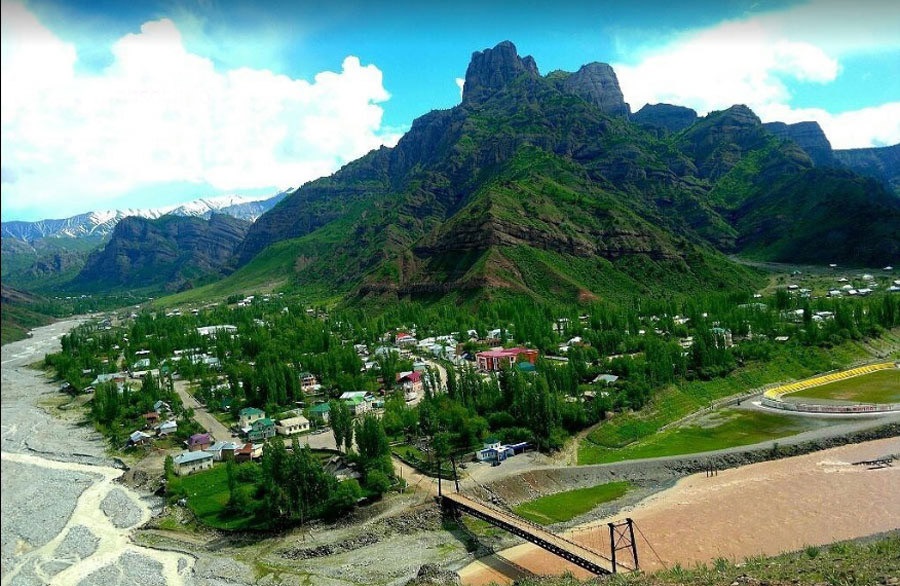
Sangvor District
District Sangor is one of the districts of the Republican subordination, which is located in the valley of the river Khingob on the border of the district Nurabad from West to East (Mazar Holy Burhi Wali). The district is divided into the central part of the hills of Polezak and Harsang, and in the South-East hill of Khaburabot Darvaz and Khovaling districts. There are 4 hotels, 2 restaurants, 1 Museum, 10 canteens, 1 regional airport, Holy places, cultural and historical monuments in the district of Sangvor, which is famous not only inside the country and abroad. Sangvor district has 10 ecological tourist sites, 2 lakes, 100 sources and 20 healing springs, 10 parks and gardens and 10 sites for fishing and hunting. The district has developed folk crafts such as making musical instruments, wooden dishes and cups, and other crafts. The nature and climate of the area is very suitable for beekeeping, cattle breeding, horticulture, potato growing, tourism and mountaineering. The district has rich natural resources. Climate, nature, animals and plants, clean mountain air, clear springs, hospitable people who live in this area are suitable for the creation of medical resorts, ecotourism of national and international levels, fishing and hunting.
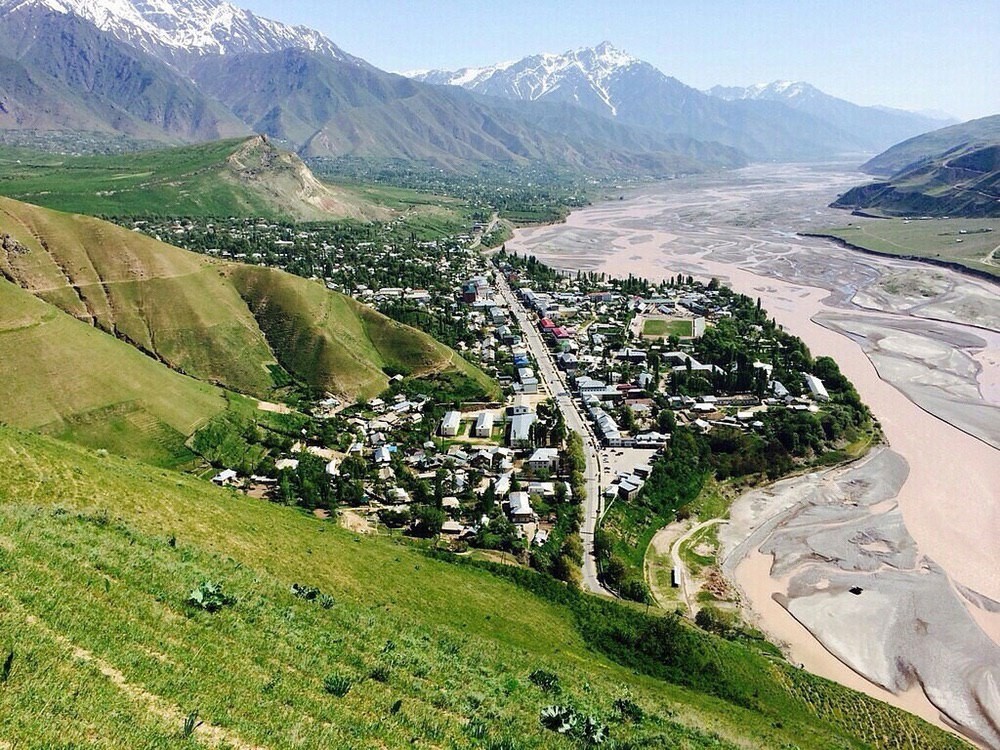
Tajikabad district
The Tajikabad district is crossed by the Surkhob river from East to West. It is adjoined by a small river, the largest of which are Shurak, Kairma, Dihdihi and Tagayak. Since ancient times, the Silk Road passed along Tajikabad. The district has 1 hotel, 1 shop for sale of tourist goods, 1 regional airport, 86 springs and 1 medical source. In the district developed folk craft, such as blacksmithing, production of wooden dishes and cups.
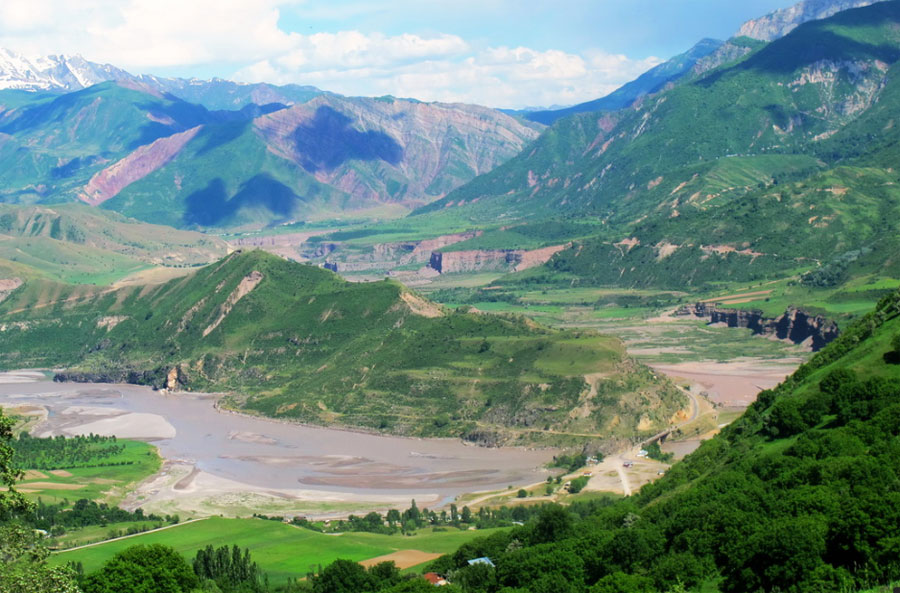
Rasht district
Rasht district is one of the districts of Republican subordination through which passed the silk road. The district has 4 hotels, 2 homstays, 2 restaurant, 10 table, 3 museums, 1 regional airport, shrines, natural features, natural healing sources, parks and gardens, areas for fishing and hunting, Internet centres, motorway services, currency exchange centers, as well as developed folk art – carving of wooden dishes and cups, smithcraft, making cradles, suzani, wooden spoons have a special significance. Rasht district is rich in natural resources, according to official data there are more than 13 historical monuments and places. The nature and climate of the area are suitable for eco-tourism and mountaineering. In this district, the priority areas are hiking, horse riding, agro-ecological tourism and rafting.
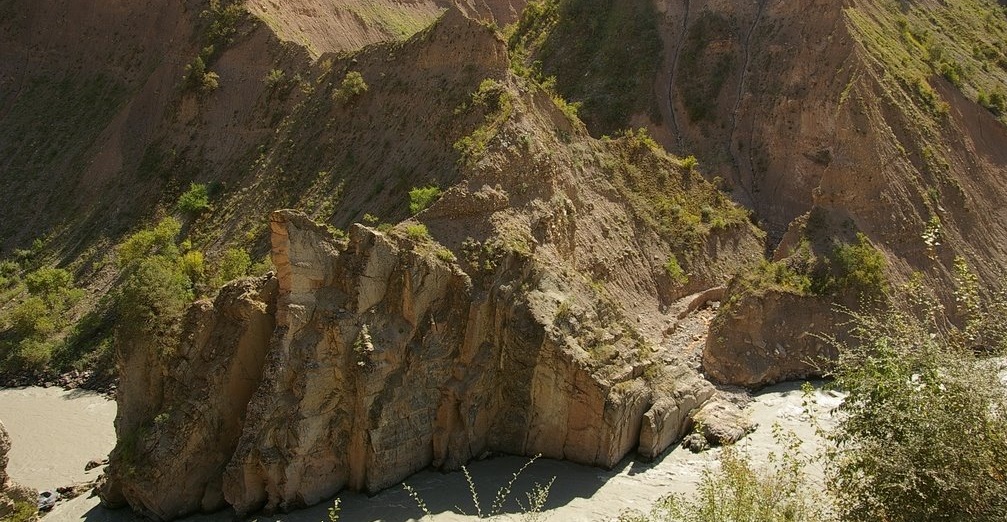
Nurabad district
One of the parts of the solar and heavenly Tajikistan with an ancient history. The ancient city of Darband, which is 3000 years old, was the center of trade, art, science and culture. The ruins of this city that have survived to this day testify to the defeat of the powerful troops of Alexander and Chingiz. “Darband” means the port that is the gateway of the two valleys of Karategin and Darvaz. The great silk road passed through this city and undoubtedly its inhabitants had close trade, economic and cultural relations with other regions. The district has 2 hotels, 1 restaurant, 11 canteens, 1 museum, 1 regional airport, several shops selling tourist products, historical and cultural sites, Holy places, natural environmental sites, as well as a center of crafts. The development of tourism in the area is reflected with a diverse potential: beautiful landscape, mountain streams, springs, historical and Holy places and other interesting attractions that are of interest to tourists and vacationers. The analysis shows that the main focus of this region is the development of ecological tourism, including Hiking and horse riding, rafting, fishing and hunting.
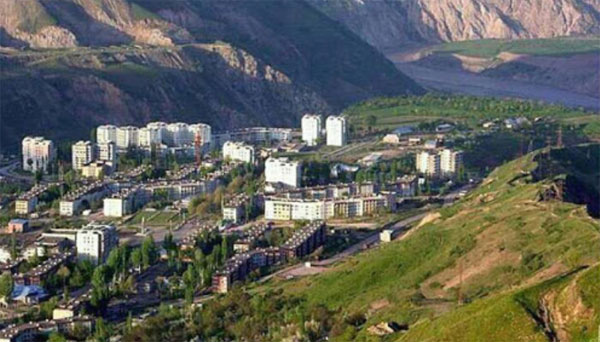
The City Of Rogun
The city is rich in resources and has a relatively extensive infrastructure. Objects of the industry are – sanatorium – “Obi Garm”, Central Museum, healing water Mulloshaikh. In the future, tourism issues will be carefully considered and tourism resources will be better represented through the media. At the same time, the quality of service will be improved, the order of statistical data on domestic and foreign tourists will be brought to the proper level.
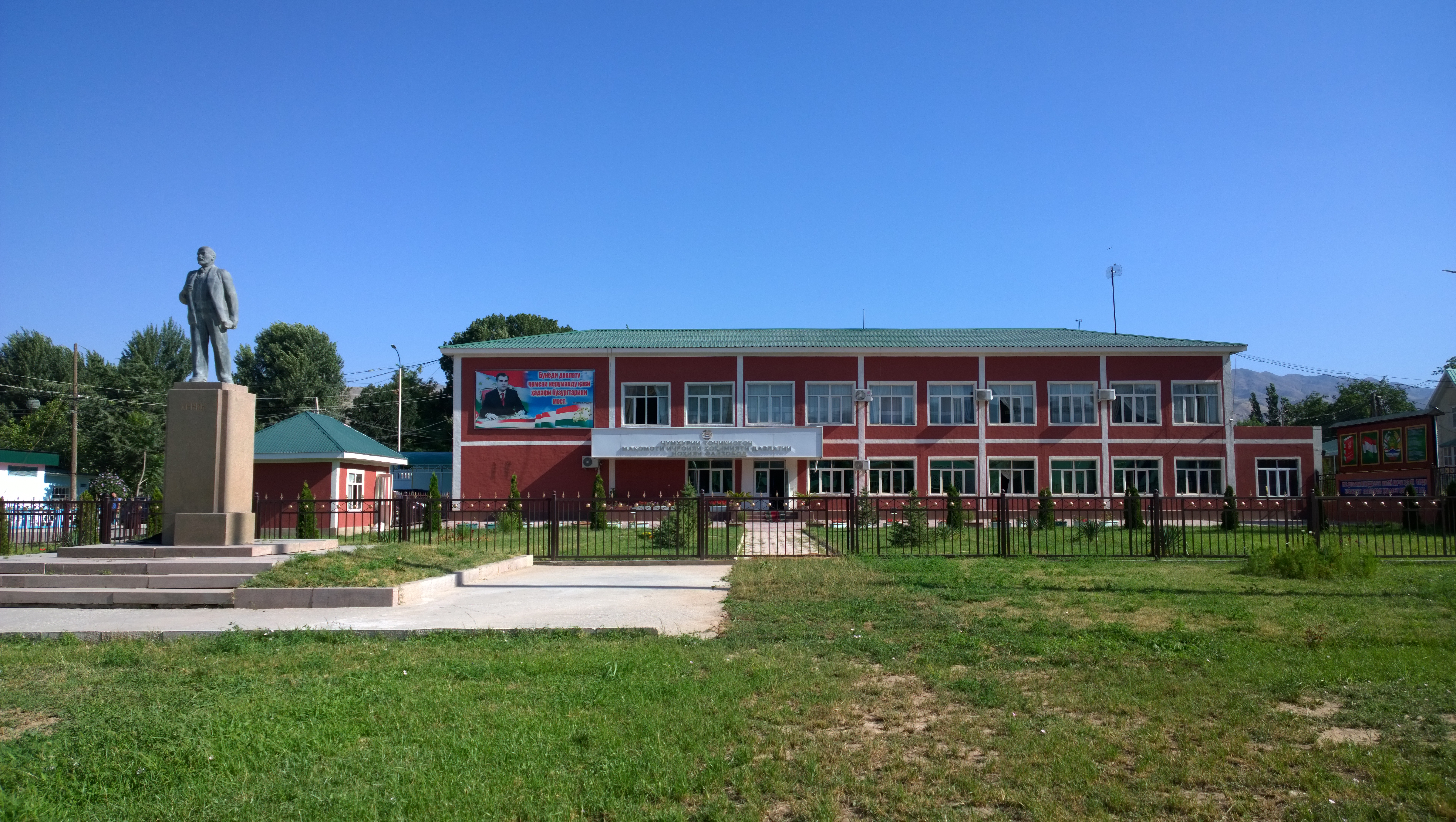
Faizabad district
Tourism in Faizabad is one of the highest priority industries in the near future. Geographical location, unique nature and the presence of many historical monuments favorably affect the development of tourism. In the Faizabad district there are 4 hotels, 3 restaurants, 10 canteens, Holy places to visit and natural healing facilities. Located in the heart of the ancient Viashigrid is one of the oldest and largest cities in Central Asia and the Silk Road, testifies to the development of big business. The Museum of the area, where the historical monuments of V-VI centuries are kept, corresponds to attract domestic and foreign tourists and guests.
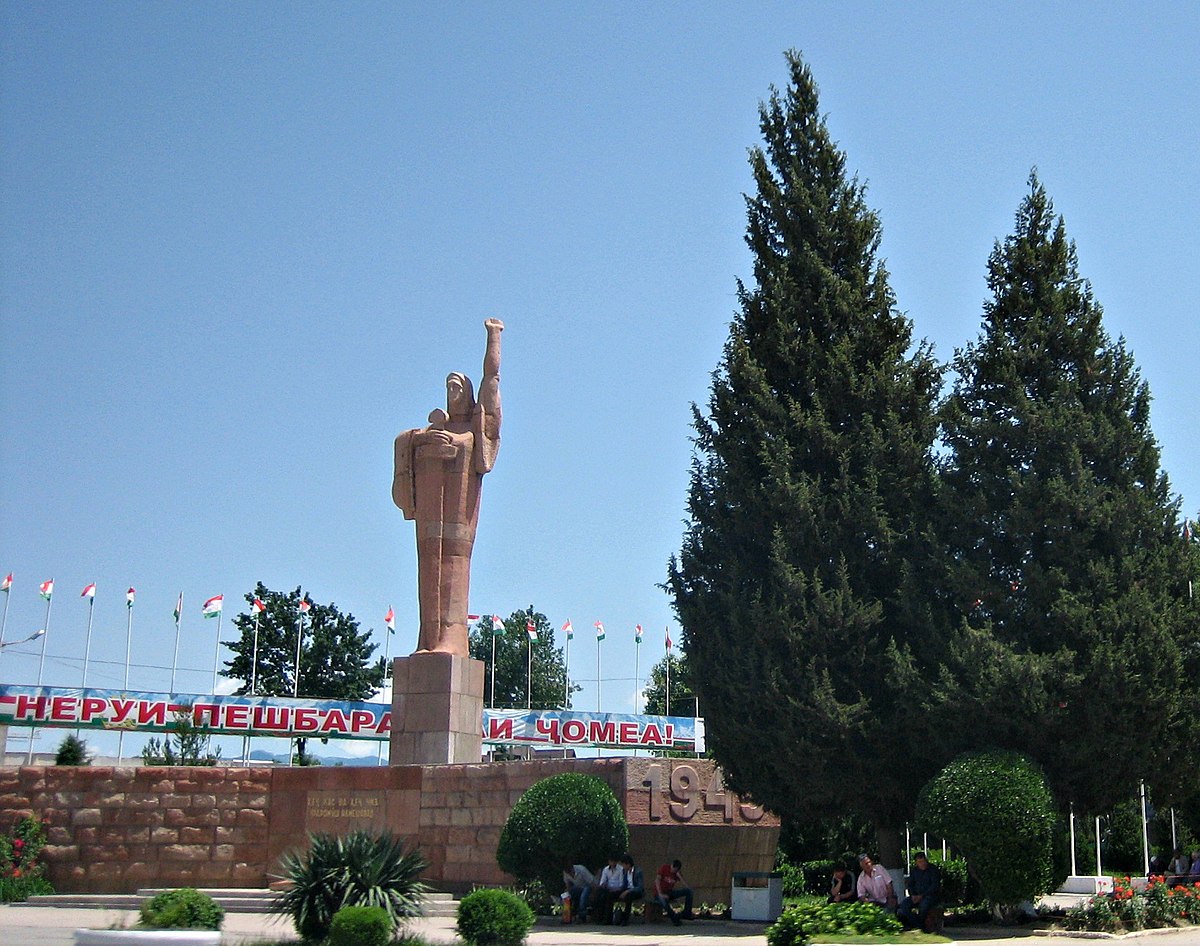
The city of Vakhdat
The city of Vagat for the development of the tourism industry given the availability of historical and resort places has wide range of opportunities. Romit gorge by the decision of the government of the Republic of Tajikistan dated September 18, 2000, No. 358 “on recreation and tourism areas” was declared a recreation area. Romit gorge is famous for its clear water, rare animals, medicinal plants and generally beautiful and unique nature. The city of Vakhdat has 7 hotels, 12 restaurants, 30 canteens, 35 catering points and a number of historical places and shrines. Romit reserve, holiday homes “Yavroz”, “Donish”, “Kaihon”, camps “Mountain fairy tale”, “Hamsafar”, school camp “Rogun”, tourist base “Yos”, ecological zone Kanask, healing water Zyron, 60 recreational, educational, entertainment and industrial facilities are tourist sites of the city of Vakhdat and 200 holiday homes create ample opportunities for tourism development. In this context, the improvement of the Romit gorge was again restored and began its activities 36 rest homes and 10 school camps, 4 pilot parks, the enterprise for the breeding of trout and others.
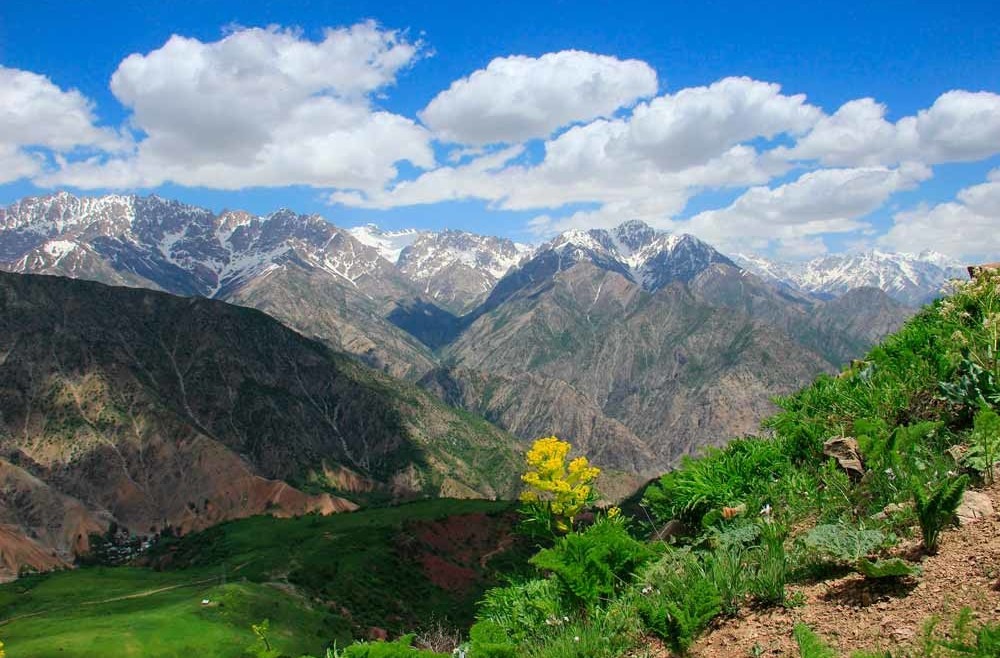
Varzob region
Varzob district has rich resources and complex infrastructure for tourism development. The district was established on the basis of the decree of the government of the Republic of Tajikistan dated November 9, 2000, № 461 “on approval of the target comprehensive program of development of Varzob district as a recreation area, sanatorium treatment and tourism in the period 2000-2010”. Also, the government of the Republic of Tajikistan approved the concept and Charter of the recreation area of Varzob district. In the Varzob district registered 920 recreation areas, consisting of 65 large and medium-sized resorts, the activities of a number of important tourist attractions, such as “Kohi Malika”, “Varzob Palace”, “Gulobod”, “Guli Maida” and Ski resort “Safed-Dara” and on a permanent basis created favorable conditions for the reception of domestic and foreign tourists. Along with the presence of historical monuments, the sanatorium “Khoja Obi Garm”, “Sarob” and the boarding house “Kharangon” operates on a regular basis and provides a full range of modern services for the treatment and recreation of domestic and foreign guests and tourists.
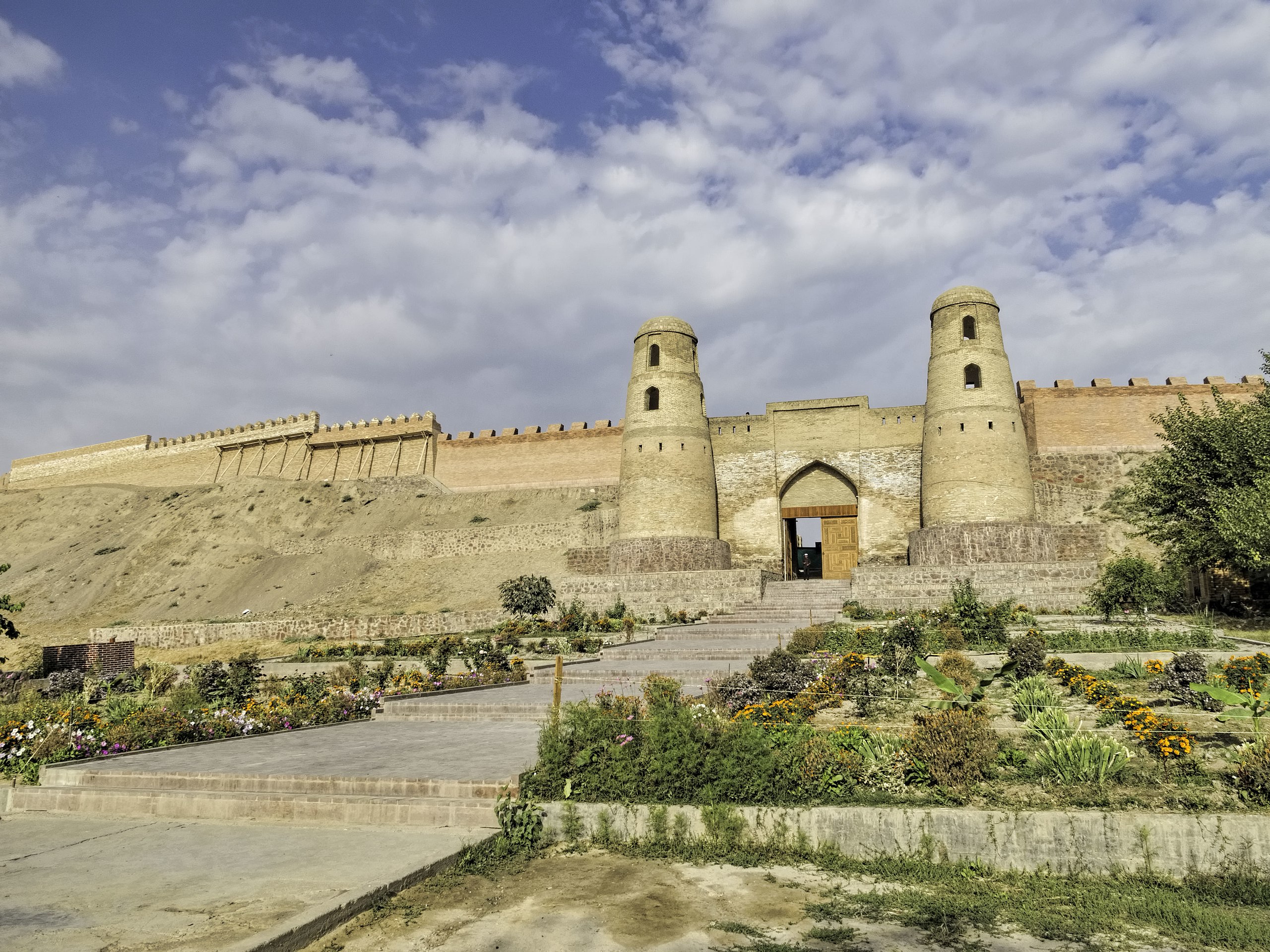
The City Of Gissar
The geographical location of the city of Gissar, favorable environmental environment and industry facilities, such as the reserve “Kalai Hisor”, sanatorium “Shohambari” and “Saturn”, historical and cultural reserve Gissar have great potential for tourism development. Tourist opportunities of the city are regularly reflected in advertising materials published by the Committee for tourism development under the Government of the Republic of Tajikistan, and tourist companies also take effective measures to attract local and foreign tourists through the introduction of new routes to the city of Gissar through the city of Dushanbe. The candidacy of the city of Gissar is presented for the prize of tourist cities of the Organization of Islamic Cooperation for 2019.
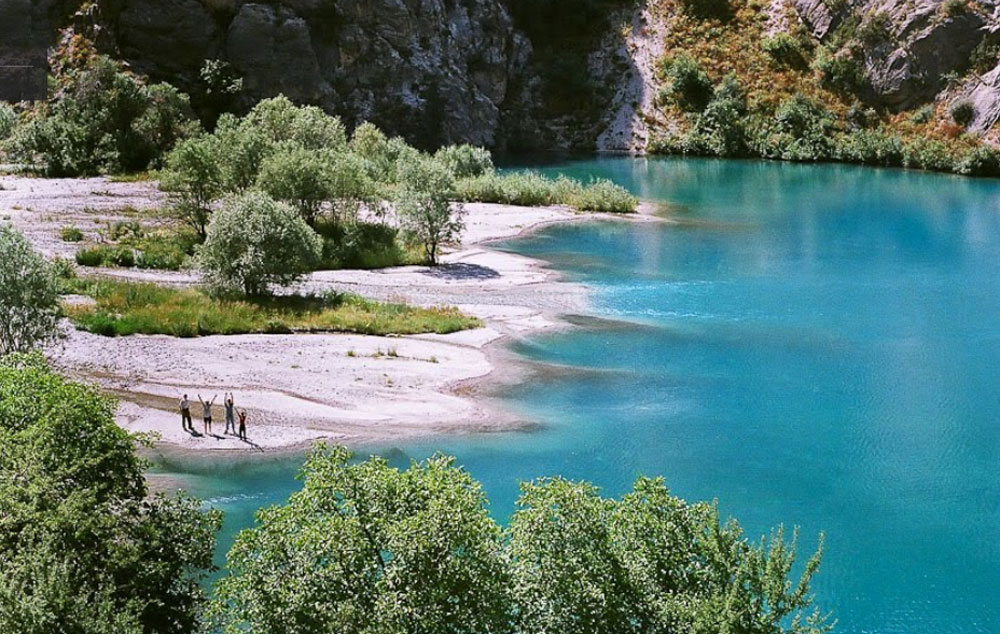
Shahrinav district
Shahrinav district is the land of hospitable people, sweet fruit, unique nature, unique landscape, high mountains, clean healthy water, lakes, clear springs, medicinal plants, rare animals and the best place for travel and tourism. The tourist infrastructure of the district consists of 2 restaurants, 36 canteens, 1 museum, the gorge of Karatag, lakes Parian, Temurdara, Juvozak, the source of sulphurous water in the village of Khojai Bodom and the source of Khoja Hasan in the gorge Karatag. The mountain area is considered one of the best tourist attractions with all its features.
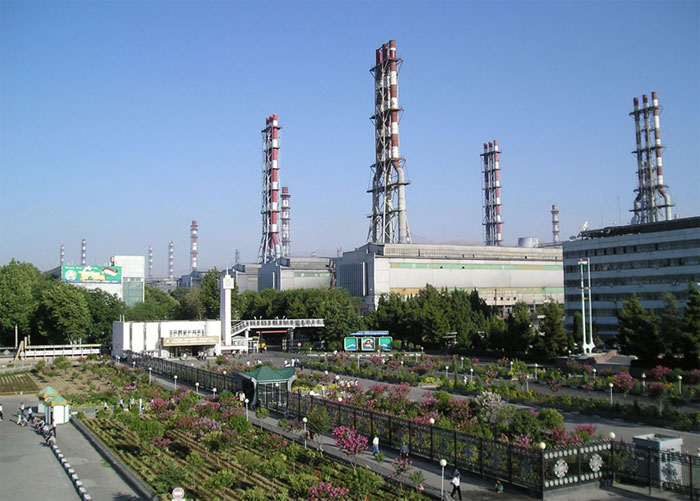
The City Of Tursunzade
Beautiful and unique nature, clean air, gardens of grapes and other fruits, medicinal plants and healing springs can be used for the development of tourism in the city. In particular, the development of ecological, agricultural, industrial, mountain, hunting, historical and cultural tourism is typical for the city of Tursunzade. Within the city there are tourist bases and camps “Kuran”, “Metallurg”, “Chormaghzak”,” Karatag”, children’s camp “Shirkent”, historical and natural garden” Shirkent”. In addition, there is a Museum of practical folk art Mirzo Tursunzade, the National Museum of Tursunzade and the Museum of the state unitary enterprise “Tajik Aluminum Company”. The city has three hotels, including the hotel “Shirkent”, “Samandar-21” and Dusti LLC, which will provide services to domestic and foreign tourists. The city has many historical monuments, including the inscriptions “Sangi buzurgmehr”, Mazar Gahvorasang, Mazar Darvaza, the Shrine Eshoni Hidayatulloh Ofoqkhoja located in Jamoat “Karatag”, the Shrine of Hazrat Bahouddin Balogardon located in Jamoat of the 10th anniversary of Independence, the mausoleum of Khoja Nakshron located in Jamoat named after Tursun Tuichiev. Opportunities for development of tourism in the city are the forestry and hunting “Karatag”, spotted gazelles farm, located on the basis of hunting forest “Karatag”, historical and natural garden “Shirkent”, mountain tourism in the Hissar ridge, the trail of dinosaurs in the area of “Shirkent”, ancient mountain village “Pashmi kitchen” with a unique landscape in the Shirkent gorge. In addition, there are more than 20 health institutions, including the SUE “Tajik aluminium company”, “Tabibon”, “Shifo.”, “Aqua Eden”, “Aziz”, “Mufid” and others. At the same time, the possibilities of Patru, Hakimi gorge, Parien and Temurdara lake are attractive in this region. According to the workers of the Museum of practical folk art Mirzo Tursunzade, more than 20 thousand people visited the Museum in 2017. This shows that people with special attention and a high sense of self-awareness relate to historical and cultural heritage, and it creates a favorable basis for the development of domestic tourism in the region. At the same time, it should be noted that through the Karatag route tourists have the opportunity to visit another tourist route “Iskandarkul”.
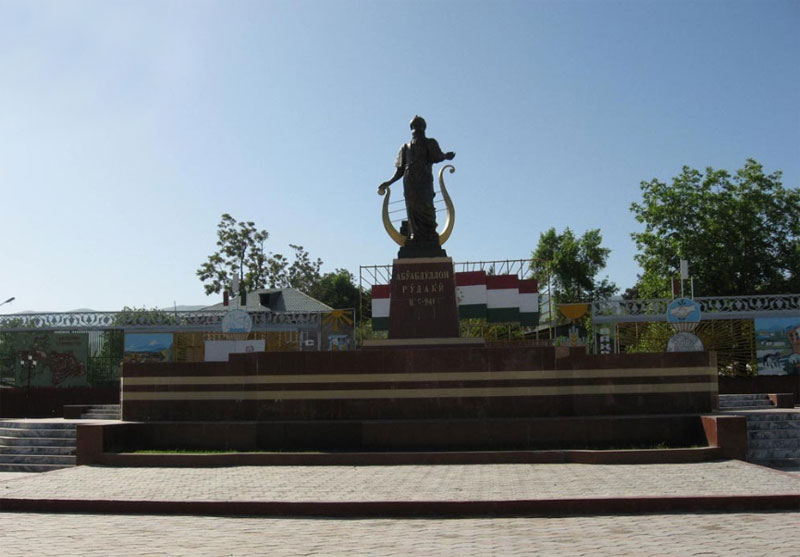
Rudaki district
It is located in the southern part of Tajikistan in the Gissar valley. Green hills, rivers, vast fields of crops in the vicinity of Khatlon region, the city of Vakhdat, Varzob district, covers the capital of the Republic – the city of Dushanbe. Unique pools along the river, Kofarnihon, waterfall “Magmurud”, source “Shurian” water parks “Bibikhanum” and “Gulzor”, the forest around the cave “Chilton”, “Novi Pahn” of Gozimalik ridges, dachas of the upper and lower Sarikishti, vineyard Rohat, Rangone fruits, vegetables of Kustepe, thoroughbred Tajik horses of the farm “Aspparvar” in Sultanabad, greenhouses Kushtepa and Chimteppa is also called the pride of the district. Historical and archaeological sources indicate that in most parts of the district, such as the mosque Mavlono, Yakubi Charkhi, Teppai Samarkand, Shorgulteppa, Tojkhon, Bachamazorsoi, mosque Kampirqala, Esanboy, Khojabulbulon, Qalai Vahdat, Khoja Bekhob and Namozgoh exist millennia and have a rich and ancient history.

City of Dushanbe
The city of Dushanbe has rich tourism resources and provides comprehensive infrastructure and services for the development of tourism, which contributes to international political, scientific, cultural and technical activities, at the same time attracting the attention of the international community and thus strengthening the country’s image as a peaceful Republic and having rich tourist resources and a favorable base. The development of the tourism industry of the capital, also contribute to the availability of historical sites, historical and architectural monuments, medical and preventive institutions, etc.
Currently, there are 40 hotels in the city, which serve guests from the country and abroad. At the same time, 10 cultural and entertainment parks, three national parks are located in the center of the capital, are tourist attractions for residents and tourists of the country.
One of the most important issues of joining the world tourism markets is membership in the world’s leading tourism organizations and participation in international exhibitions.
It should be noted that one of these organizations is the World Federation of Tourist Cities and the Board of the Federation is located in the city of Beijing of the People’s Republic of China. More than 130 cities of the world and 70 institutional organizations from among the large tourist companies, associations, airlines, hotel chains and recreation facilities are part of this Federation.
According to the strategy, in the near future Dushanbe will become a member of the World Federation of Tourist Cities.
Currently a number of tour companies regularly implement various flights to tourist areas of the country, including in the spectacular sights of Dushanbe, Dushanbe-Gissar Fortress, Dushanbe-Safed-Dara, Dushanbe – Norak (two kinds), Dushanbe-Iskandarkul (two kinds), Dushanbe – Varzob, Dushanbe – Romit, Dushanbe – Muminabad district (with a visit to the districts of Dangara, Vose and Kulyab city), Dushanbe-Panjakent, Dushanbe-Khujand, Dushanbe-Shahritus (with a visit to the reserve “Besha-i- Palangon” (Tigrovaya Balka”) – Dushanbe, Dushanbe-Badakhshan.
In Dushanbe there are 3 ancient monument, a fortress MIR (Bogh-i- Iram), the ruins of Shishakhona, small-town Chormaghzteppa, the fortress Iskandarkul, 4 monuments, such as the Architectural Complex of the Unity and Revival of Tajikistan with the statue of Ismail Somoni, Avicenna monument, the statue of Abuabdulla Rudaki, the Architectural and monumental complex of Aini and 12 architectural monuments. The city has 62 restaurants, 70 cafes, 156 national cuisines, 5 entertainment centers, 9 dry cleaners, 2 teahouses, 59 medical and preventive institutions for receiving guests, as well as domestic and foreign tourists.
According to international estimates, the city of Dushanbe is among the ten safest cities, which helps to attract tourists, and on this basis, all historical and cultural attractions of the city are included in all tourist routes.